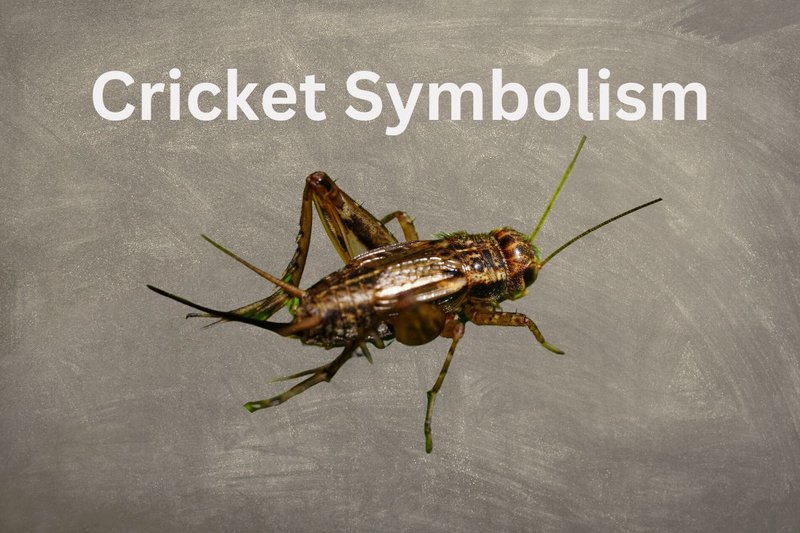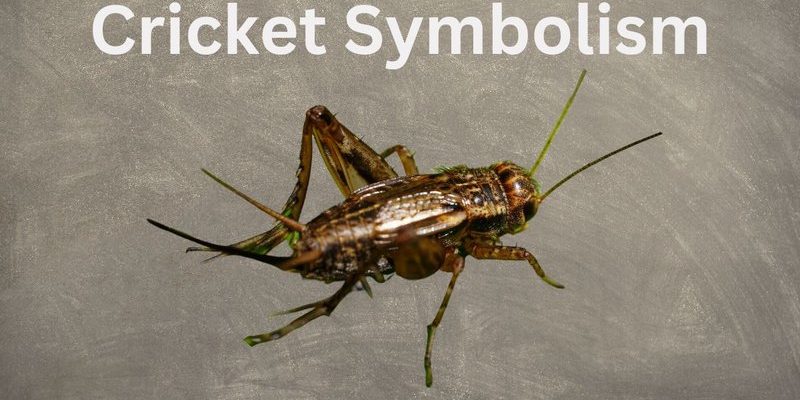
You might be wondering why these little creatures command such significance. The cricket, with its distinctive sound and unique behavior, has influenced art, literature, tradition, and folklore. From East Asian cultures where they’re considered symbols of good luck, to Western societies where they represent resilience, crickets have become more than just insects. Let’s delve into the fascinating cultural symbolism of the cricket and uncover what makes them so special around the world.
The Cricket in Folklore and Mythology
Throughout history, crickets have been central figures in numerous myths and folklore. In many cultures, they’re seen as messengers of change, often associated with good fortune. For instance, in Chinese folklore, crickets symbolize protection and good luck. They were often kept as pets in small bamboo cages, believed to ward off evil spirits and bring prosperity.
In Japan, crickets are celebrated during the Tsukimi festival, which honors the harvest moon. They’re associated with poetry and nature, often featured in haikus and other literary works. The sound of crickets during this time evokes feelings of nostalgia and reflection—much like how the rustling of leaves can trigger memories of childhood.
You might think of crickets as mere background noise, but in these cultures, they carry a depth of meaning that connects the past with the present. Their role in storytelling shows us how nature can influence our beliefs and traditions in remarkable ways.
The Cricket as a Good Luck Charm
Crickets are often viewed as symbols of good luck across various cultures. In many rural communities, it’s customary to let a cricket stay in the house. The belief is that their presence brings prosperity and wards off misfortune.
In some Native American cultures, crickets are said to represent harmony and balance. Hearing their chirp is considered a positive omen, suggesting that one’s plans will come to fruition. This idea mirrors the universal belief that nature communicates with us, guiding our fortunes.
Interestingly, the concept of crickets as good luck charms can be found in modern superstitions as well. For example, if a cricket enters your home, some believe it’s a sign of financial gain or happiness on the horizon. These stories reinforce how deeply ingrained crickets are in our collective consciousness when it comes to luck and potential.
Crickets in Art and Literature
Crickets have also made their mark in art and literature, often embodying themes like perseverance and resilience. You might recall the famous children’s story, “The Adventures of Pinocchio,” where the character Jiminy Cricket serves as the moral compass for Pinocchio. This portrayal highlights the cricket as a symbol of conscience, guiding individuals in their choices.
In poetry, crickets are often depicted as symbols of nature’s beauty and the fleeting nature of life. Their songs add to the atmosphere, enhancing the reader’s connection to the natural world. A poet might use the sound of crickets to evoke feelings of nostalgia, drawing parallels between their music and the ticking away of time—a reminder of life’s impermanence.
From paintings to poetry, crickets serve as metaphors for various human experiences, reminding us that even the smallest creatures can inspire profound reflections on life and morality.
Cultural Practices Surrounding Crickets
In several cultures, crickets are more than just insects; they play active roles in cultural practices and rituals. For example, in Chinese New Year celebrations, crickets are featured prominently as symbols of good fortune and prosperity. Families might release crickets into their homes as a way to invite blessings for the upcoming year.
In addition, cricket fights—especially in parts of Asia—are traditional forms of entertainment. These events highlight the cricket’s fighting spirit, showcasing not just the insect itself, but also the community’s involvement in creating a festive atmosphere. It’s a blend of sport, tradition, and cultural pride.
This enthusiasm for crickets reflects humans’ long-standing fascination with nature and how we incorporate it into our celebrations and daily lives. By observing their behaviors, we find meaning and connection through shared experiences.
Crickets and Their Symbolism in Different Cultures
Crickets carry various meanings depending on the cultural lens through which you view them. In African cultures, for instance, crickets are often associated with communication. Their calls are believed to convey messages from the ancestors, encouraging people to listen carefully to their sounds.
In contrast, some Western traditions see crickets as omens of impending change. Their sudden appearance may signify that something new is on the horizon, whether it’s a change in relationships, work, or personal outlook. This notion aligns with the broader theme of natural cycles influencing human experiences.
The disparities in symbolism across cultures highlight how our environments shape our perceptions of nature. Crickets remind us of the diverse ways people interpret the world, adding depth to our understanding of cultural identity.
Environmental Significance of Crickets
Beyond cultural symbolism, crickets hold vital roles in their ecosystems. As pollinators, they contribute to the health of plants, while their presence indicates a balanced environment. The decline of cricket populations can signal ecological issues, prompting further investigation into environmental health.
Crickets also serve as a food source for various animals, from birds to mammals. Their role in the food chain underlines the interconnectedness of organisms and how each species contributes to our planet’s biodiversity.
Their chirping, often considered a nuisance in urban settings, is vital for maintaining natural soundscapes, connecting us to the rhythms of nature. Embracing the presence of crickets may lead us to appreciate our surroundings and the delicate balance of life they represent.
Crickets are more than just chirping insects; they embody profound cultural significance and ecological roles that warrant our appreciation. From serving as symbols of good luck to inspiring artistic expression, crickets have created lasting impressions across cultures and generations. Understanding their symbolism helps us connect with nature and reflects our values, beliefs, and experiences.
So, the next time you hear the gentle chorus of crickets, take a moment to reflect on what they represent. Whether it’s luck, change, or a deeper connection to the natural world, crickets remind us of life’s intricacies. Embracing these little creatures can open our eyes to a richer, more harmonious existence—one where every chirp tells a story worth listening to.

